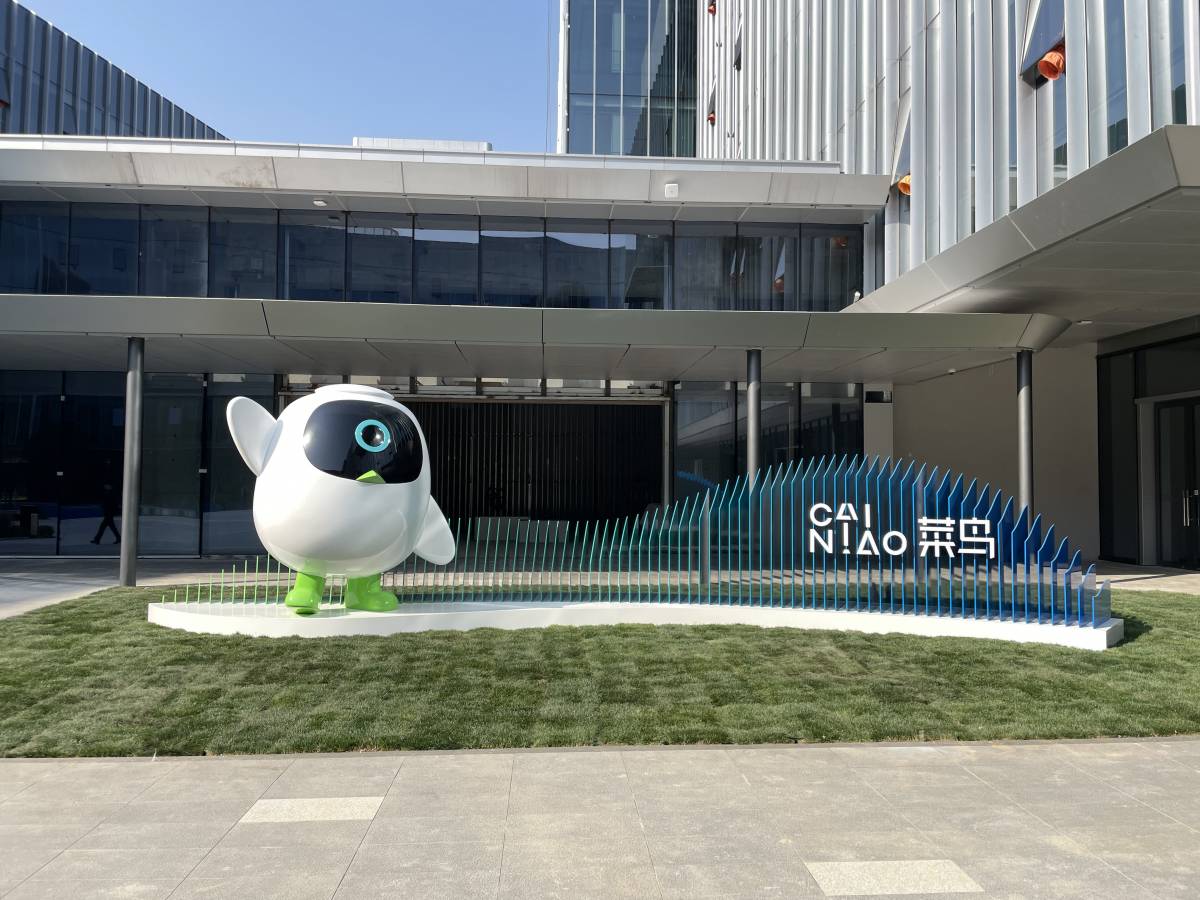
Alibaba Group today announced it hasaltered its organizational structureinto seven major business groups, part of an ongoing effort to improve efficiency and share resources within the sprawling, fast-growing e-commerce company.
The most significant change is a modification of the lines of reporting among leadership at Alibaba.com, Alibaba Group’s flagship subsidiary that was taken private a little more than a month ago.
Alibaba.com, whichruns e-commerce marketplaces enabling business-to-business (B2B) trade, previously consisted of a Chinese-language website serving domestic businesses and an English-language international website, both under a common CEO. Going forward, the current leaders of the domestic and international sites—Ye Peng and Wu Minzhi, respectively—have been named president of their units and will report directly to Alibaba Group chairman and CEO Jack Ma. Alibaba.com’s former CEO, Jonathan Lu, was recently promoted to chief data officer of Alibaba Group and will no longer be CEO of Alibaba.com.
The company also announced that, with the change at Alibaba.com, Hangzhou-based Alibaba Group will be made up of seven major business groups:its existing online shopping marketplaces Taobao.com, eTao, Tmall.com, and Juhuasuan; Alibaba International Business Operations (formerly the international B2B unit); Alibaba Small Business Operations (the domestic B2B unit); and AliCloud, the Group’s cloud computing and information technology group. The presidents of the seven business groups will report directly to Ma.
Alipay, China’s leading third-party online payment companythat is majority owned by Ma, remains an affiliate of Alibaba Group.
In an e-mail sent today by Ma to Alibaba Group’s more than 23,000 employees, the changes are being made “In order to foster the development of an open, collaborative and prosperous e-commerce ecosystem.” Ma in the past has said that Alibaba Group’s long-term goal is to create a seamless online environment where Alibaba subsidiaries work together, sharing technical resources as well as information among departments and with customers.
Achieving this goal while managing the group’s rapid growth is challenging. The company’s shopping websites, Taobao Marketplace and Tmall.com, are together expected to generate RMB 1 trillion ($157 billion) in transactions this year, up 150 percent from 2010. Ma recently told the Wall Street Journal that the company didn’t “know how to organize,” apparently referring to the difficulties in getting distinct business units to work together while maintaining control of the group’s various units,severalof which over the past two years have been hit byincidents of fraud being committed by managers and employees.
Ma said in his letter to employees the structure will help to “establish reasonable safeguards for organizational mechanisms” within the group. “Alibaba Group will also establish an underlying unified data, safety, risk management and technology foundation,” Ma said, indicating there will be more emphasis on breaking down internal corporate walls by implementing groupwide management and I.T. systems.
The company also hopes to achieve closer cooperation and integration of the domestic B2Bwebsite, 1688.com,with Taobao Marketplace. The objective is to create an online supply chain whereby small- and medium-sized businesses selling on Taobao will increasingly source their inventory through domestic Chinese suppliers using 1688.com.
Alibaba managers say that more effective integration of e-commerce supply chains will ultimately lead to a new business dynamic where consumers, rather than manufacturers and retailers,can more directly influence the creation of new products and services. Through online feedback systems including social networks, consumers will provide information to retailers, who in turn will pass the feedback to manufacturers and other service providers in the supply chain. Alibaba has coined an acronym for this commercial feedback loop: C2B2B2S, which stands for “consumer-to-business(retailers)-to-business(producers)-to-service providers (such as logistics companies).”
“We must accelerate the implementation of the “One Company” strategy and effectively integrate B2B’s SME system with Taobao’s market system so as to truly create a mechanism for openness, synergy and sharing,” Ma said in his e-mail to employees.




